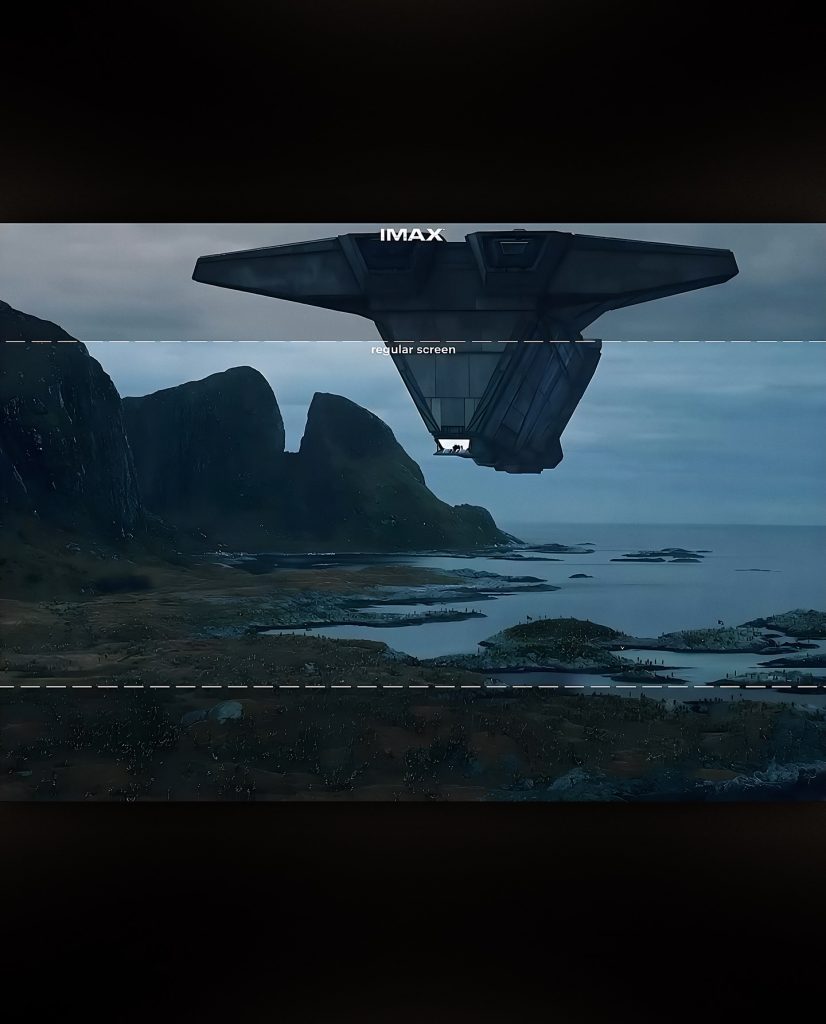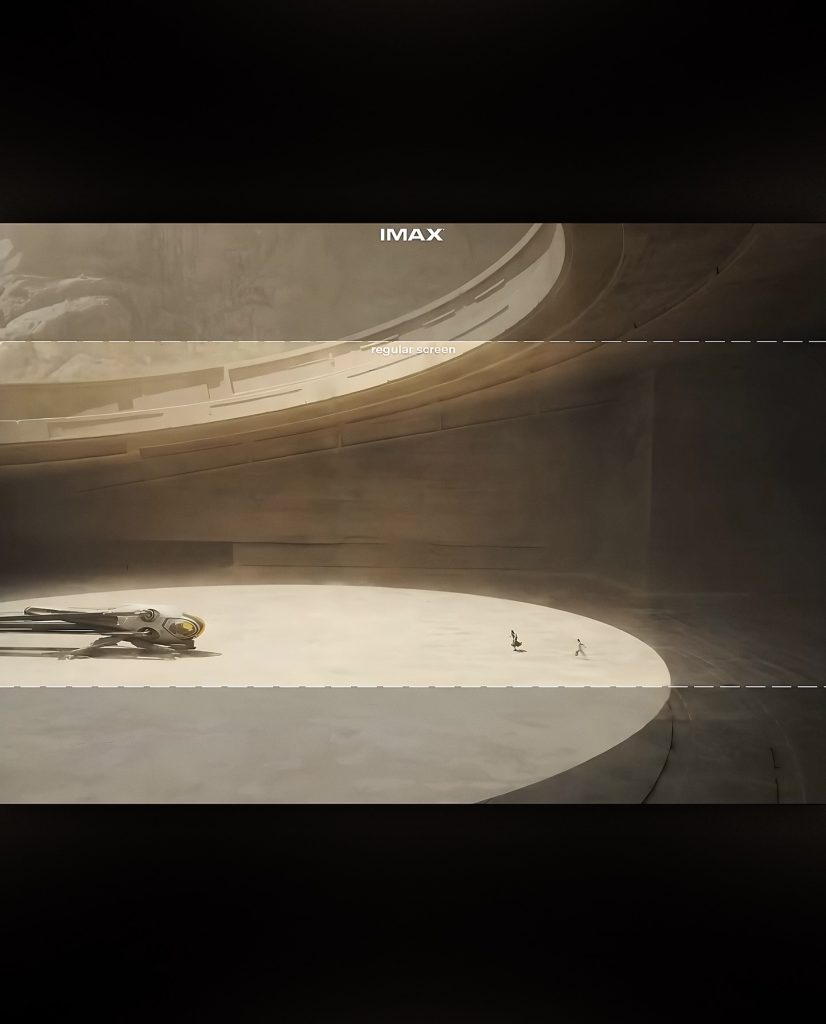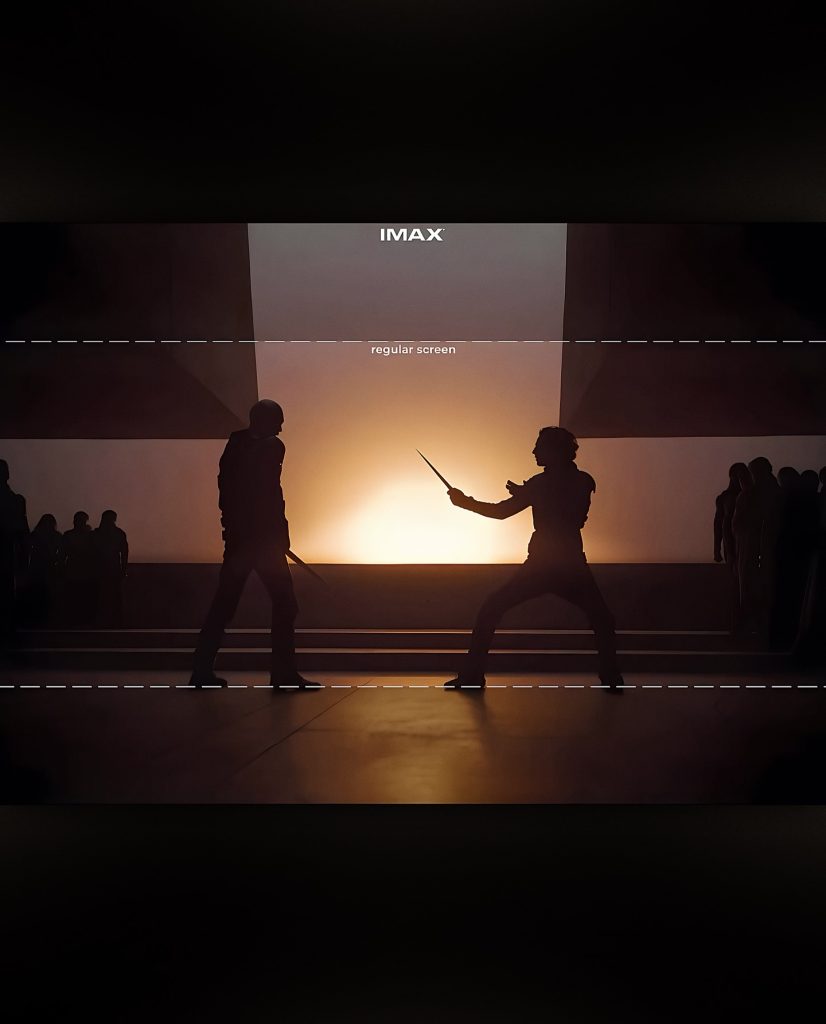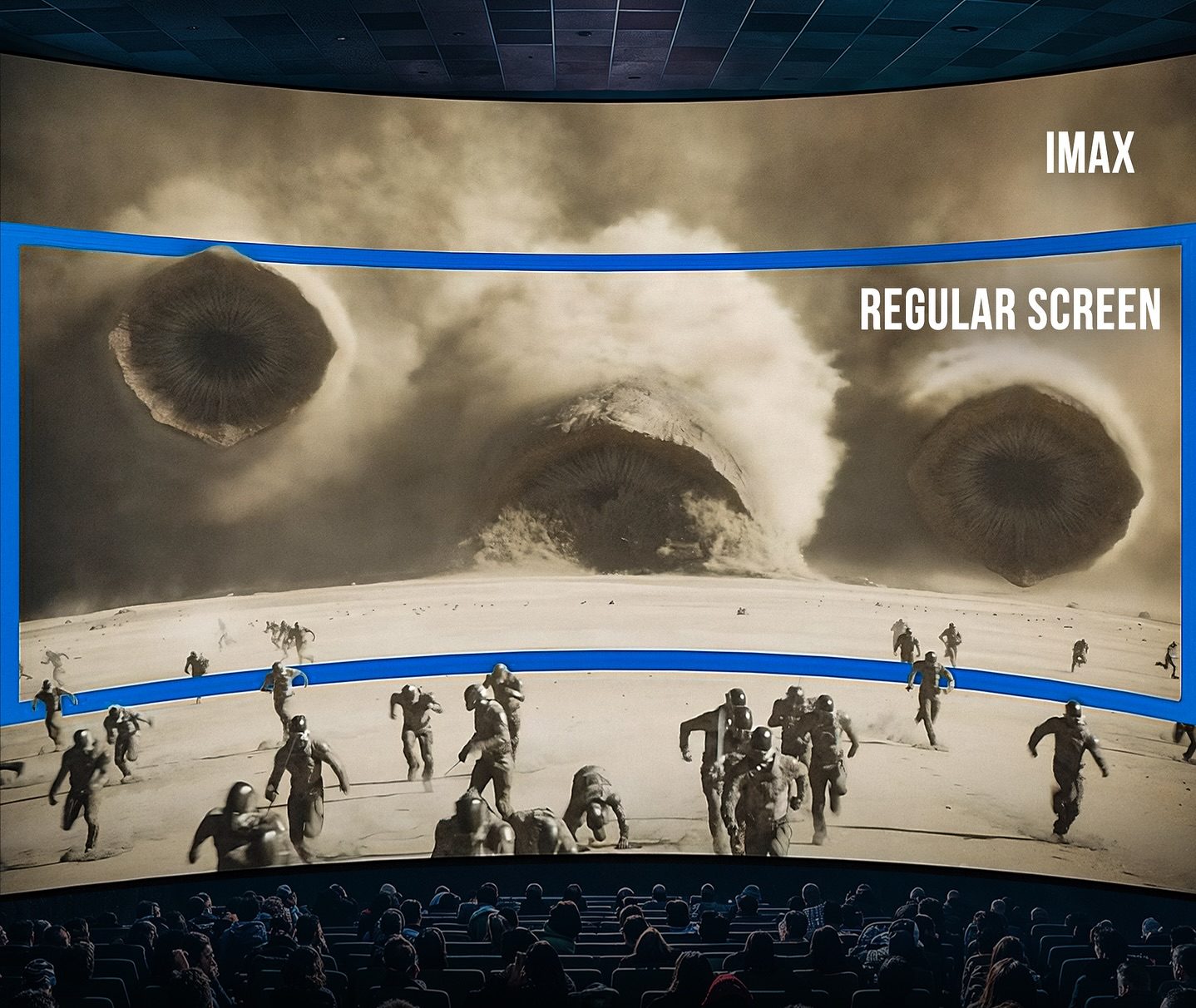Why IMAX Screens Show Up to 26% More Picture, Sharper Quality, and an Experience No Regular Theater Can Match
There’s a moment that happens the first time you watch a movie in IMAX. You sit back, the lights go down, and suddenly the screen stretches wider, taller, and sharper than you imagined possible. It’s not just a bigger picture—it’s more picture. Entire sections of the frame that you didn’t even know were missing suddenly come alive. A soldier standing in the corner, a mountain range filling the horizon, or a spaceship extending past the edges. For movie lovers, it’s a kind of magic, and it explains why IMAX has become the gold standard for cinematic immersion.

IMAX isn’t just about size—it’s about storytelling on a grander scale. What sets it apart is not just how massive the screen looks compared to a regular theater, but how much more it actually shows you. In many films, especially blockbusters designed with IMAX cameras in mind, you’re seeing up to 26% more of the frame than you would in a standard 2.39:1 cinema format. Imagine watching an action scene where explosions fill not just the center of the screen but stretch high above and below your field of view. The difference isn’t subtle. It’s breathtaking.

Most regular cinemas use the 2.39:1 aspect ratio, which is wide but not particularly tall. IMAX, on the other hand, often uses the taller 1.90:1 or even the classic 1.43:1 format. That extra vertical space is where the magic lies. A sweeping desert landscape suddenly feels endless. A skyscraper towers so high you tilt your head back just to follow it. In a way, IMAX doesn’t just display a movie—it engulfs you in it. Directors know this and increasingly shoot with IMAX in mind. Christopher Nolan, for example, famously used IMAX cameras for films like The Dark Knight, Interstellar, and Oppenheimer. In those movies, select scenes expand on an IMAX screen, opening up the image to reveal details that vanish in standard theaters. Audiences often don’t realize what they’re missing until they see it both ways. Once they do, there’s no going back.

Of course, showing a bigger image is only half the battle. What makes IMAX special is how sharp and consistent it looks despite the massive scale. IMAX with Laser technology uses dual 4K projectors running in perfect synchronization. That means the picture stays crisp and clear across the entire screen, whether you’re sitting dead center or off to the side. In traditional theaters, large screens can sometimes look blurry or uneven. With IMAX, the calibration is so precise that every seat feels like the best seat in the house. Blacks are deeper, colors are more vibrant, and the brightness is uniform. When filmmakers talk about “seeing their vision,” this is what they mean—an image so exact and rich that it feels like stepping through a window rather than watching a projection.

It’s easy to focus on the size of the screen, but IMAX also redefines what sound in a theater can be. The audio system is built to match the scale of the picture, with speakers positioned not just around the walls but even behind the screen itself. That means when a character’s voice booms from the center of the frame, it actually comes from where they’re standing, not from a side speaker. The system is finely tuned with in-theater calibration, adjusting for room acoustics so that every note, explosion, or whisper sounds exactly as intended. For audiences, it translates to sound you don’t just hear—you feel it reverberating through your chest, pulling you into the story just as much as the visuals do.

The comparison between IMAX and a regular screen is almost unfair. On a standard theater screen, you’re watching a movie. On an IMAX screen, you’re living it. Action sequences carry more weight, landscapes stretch beyond imagination, and even quiet scenes feel more intimate because of the sheer detail and clarity. Take a film like Dune. On a regular screen, it’s a visually stunning sci-fi epic. On IMAX, it becomes an overwhelming sensory experience. The desert planets feel endless, the sandworms tower over the audience, and every detail in the armor and sets is visible. It’s the difference between watching history unfold and standing inside it.
It’s not just audiences who love IMAX—directors actively plan their films around it. The use of IMAX cameras allows them to capture an image with far greater resolution and depth. Some filmmakers even say that certain sequences are designed exclusively for the IMAX format, knowing that’s where they will truly come alive. When you watch a movie shot for IMAX, you’re not just getting a bigger picture. You’re seeing the film as the director intended. Every shot is framed to take advantage of that extra space, every detail captured with precision. It’s cinema at its most ambitious, pushing the boundaries of what’s possible on a screen.

While most people associate IMAX with blockbuster films, the format has also been used for documentaries, concert films, and even live broadcasts. From space missions to underwater expeditions, IMAX offers a way to bring audiences closer to real-life events with an intensity that no regular format can match. That’s why educational institutions and museums often use IMAX theaters—they turn learning into an unforgettable sensory experience.
With streaming dominating much of modern entertainment, some have wondered whether theaters can still hold their ground. IMAX’s continued success proves that there will always be demand for experiences that can’t be replicated at home. No matter how big your television is, it cannot match the overwhelming scale, precision, and immersion of an IMAX theater. As technology improves, IMAX is pushing even further, exploring higher frame rates, sharper projectors, and new formats that make the impossible possible. For audiences, it means that the magic of movies is not just alive—it’s evolving.

At its core, IMAX is about more than just technology. It’s about emotion. The feeling of being transported to another world, of losing yourself in a story so completely that you forget where you are. It’s about sitting in a dark theater and gasping along with hundreds of strangers as the screen swallows you whole. That’s why people will drive past smaller cinemas and pay a little extra just to experience a movie in IMAX. It’s not just a screening—it’s an event. And once you’ve felt the difference, it’s impossible to settle for less.
So the next time you see a film listed in IMAX, consider what you’re actually getting. Not just a bigger screen, but more story, more detail, and more immersion. IMAX isn’t just about watching a movie—it’s about stepping into one.

